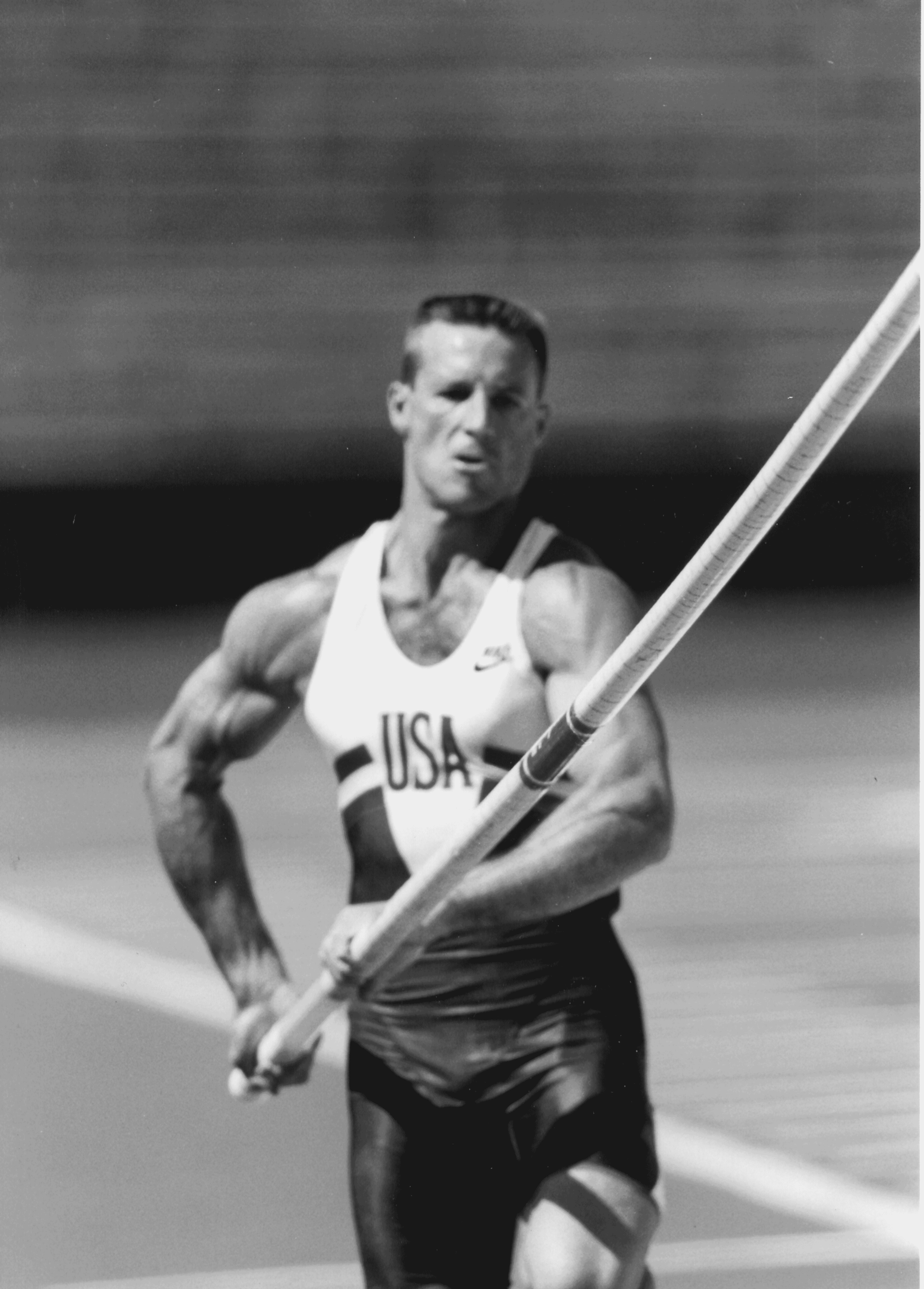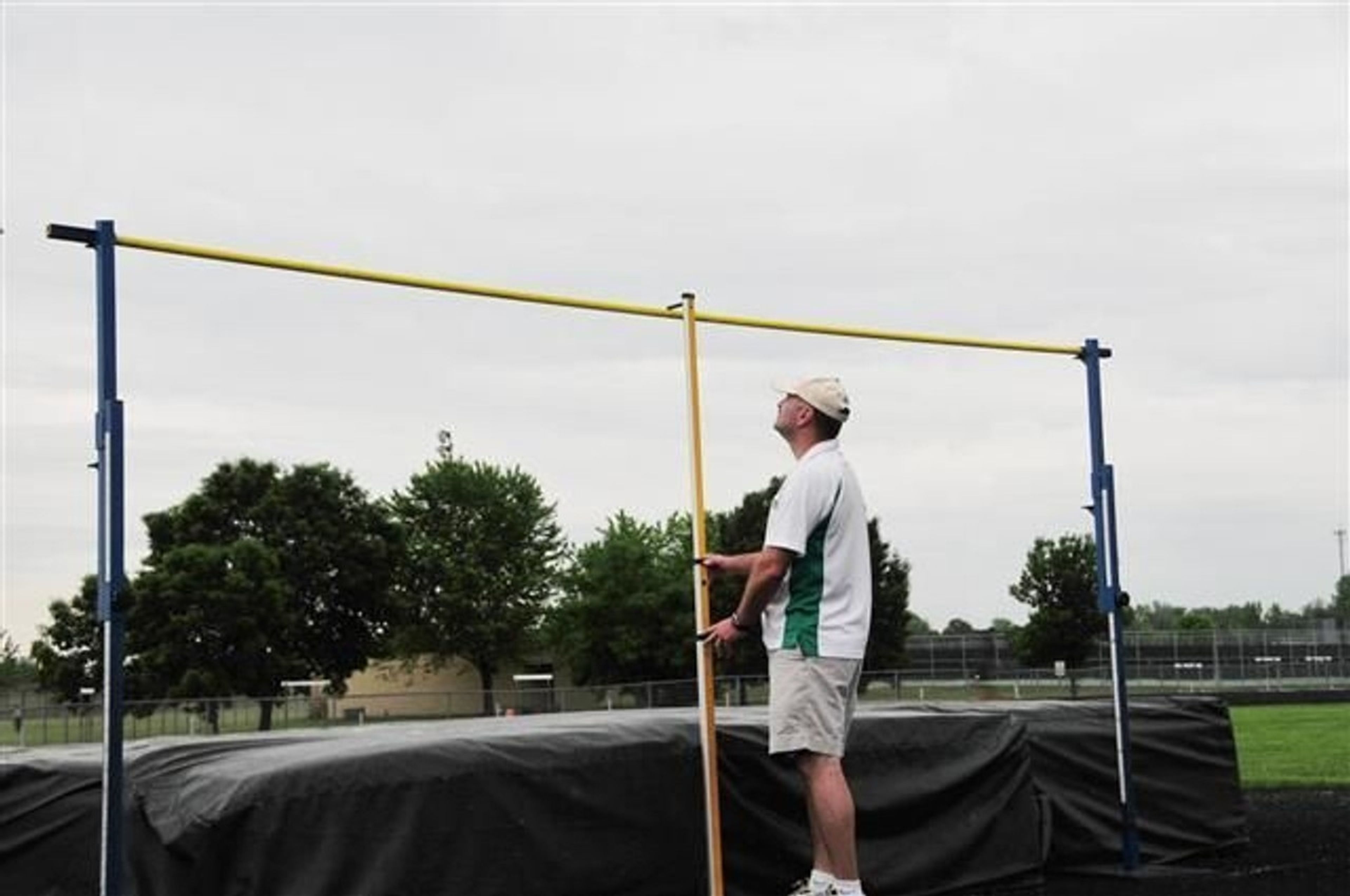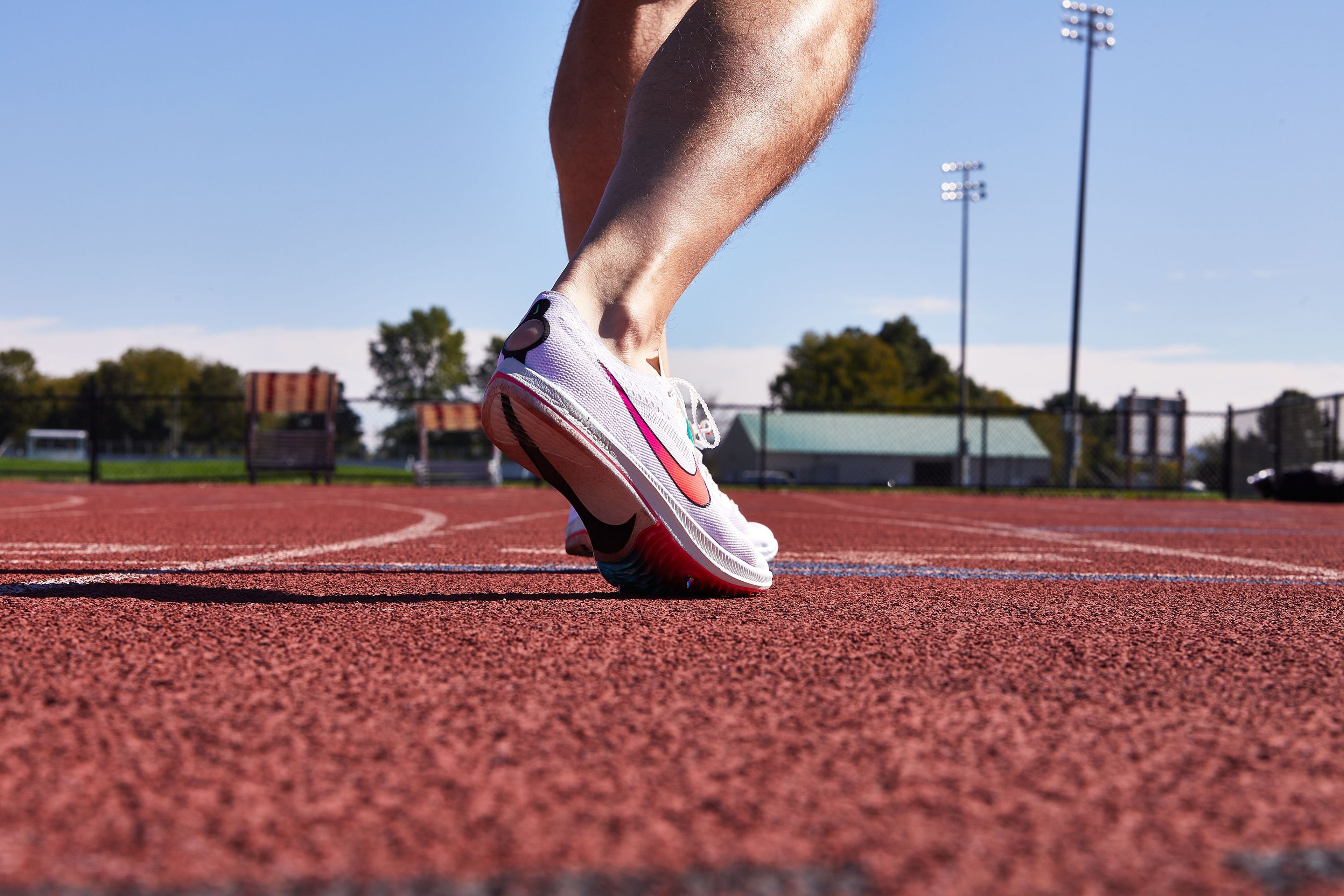Calf Pain in Pole Vaulting: Causes, Prevention, and Recovery Strategies
Calf pain is a common issue for pole vaulters due to the sport's explosive nature. Learn about the causes, prevention, and recovery strategies to maintain peak performance and avoid long-term injuries.
Calf injuries, particularly in the gastrocnemius and soleus muscles, are a common affliction among pole vaulters due to the explosive nature of the sport. Understanding the causes of calf pain, how to prevent it, and the best practices for recovery is essential for maintaining performance and avoiding long-term injury.
Causes of Calf Pain in Pole Vaulting
Muscle Strains: Gastrocnemius vs. Soleus
The calf comprises two major muscles: the gastrocnemius and the soleus. The gastrocnemius is more superficial and is activated during activities involving knee extension and plantar flexion, such as sprinting and jumping. The soleus, deeper and slower to respond, plays a significant role in maintaining posture and controlling movements like walking and running.
Dr. Jessica Brown, a sports therapist specializing in track and field athletes, explains, "The gastrocnemius is particularly vulnerable to strains during activities that involve sudden acceleration or changes in direction, as seen in pole vaulting. This muscle is more likely to be injured during the push-off phase of a run-up, where it is under maximum tension."
Impact of Footwear: Spikes vs. Shoes
Wearing spikes can exacerbate the stress on the calf muscles due to their minimal cushioning and the aggressive posture they enforce on the foot. While spikes are designed for optimal performance, they can contribute to muscle fatigue and injury if not used correctly.
Advice:
- Alternate between training in spikes and more cushioned shoes to reduce the risk of injury.
- Ensure spikes are only worn during high-intensity sessions or competitions to allow the calf muscles time to recover.
- Consider custom orthotics if you have biomechanical issues like overpronation, which can further strain the calf muscles.
Training Surfaces
Hard training surfaces, such as synthetic tracks, increase the impact on the calf muscles, making them more prone to injury. Conversely, softer surfaces like grass may offer more cushioning but can lead to instability, requiring greater muscular control and increasing fatigue over time.
Recommendation:
- Train on a variety of surfaces to balance the load on your muscles. Mixing harder and softer surfaces can help build strength while reducing the risk of overuse injuries.
- Incorporate exercises that strengthen the stabilizing muscles of the foot and ankle, such as calf raises on uneven surfaces.
Overtraining and Inadequate Recovery
Overtraining without sufficient recovery is a common cause of calf injuries in pole vaulting. The repetitive nature of vaulting, combined with the high forces involved, can lead to microtears in the calf muscles, especially if the athlete does not allow for adequate rest.
Advice:
- Implement structured rest days into your training program to allow for muscle repair.
- Use techniques such as foam rolling and massage to help expedite muscle recovery.
- Consider incorporating cross-training activities, like swimming or cycling, which allow you to maintain cardiovascular fitness without overloading the calf muscles.
Rehabilitation and Recovery Strategies
Immediate Response to Calf Injury
If you experience a calf injury, such as a strain or tear, immediate action is crucial to minimize damage and speed up recovery. The R.I.C.E. method (Rest, Ice, Compression, Elevation) is essential during the initial 72 hours post-injury.
Steps:
- Rest: Avoid putting weight on the injured leg as much as possible.
- Ice: Apply ice for 15-20 minutes every few hours to reduce swelling and pain.
- Compression: Use a compression bandage or sleeve to limit swelling and support the muscle.
- Elevation: Keep the leg elevated to reduce blood flow and minimize inflammation.
Stretching and Strengthening Exercises
Once the initial pain and swelling have subsided, gently stretching and strengthening the calf muscles can aid recovery. The focus should be on regaining flexibility and gradually rebuilding strength.
Suggested Exercises:
- Calf Stretch: Stand facing a wall with one foot in front of the other. Keep your back leg straight with the heel on the ground and lean forward to stretch the calf.
- Thera-Band Exercises: Use a resistance band to perform controlled plantar flexion exercises, which target the gastrocnemius and soleus without overloading them.
Return to Activity
Gradually return to pole vaulting after a calf injury. Start with low-impact activities like cycling or swimming before progressing to light jogging and eventually resuming full training. Pool workouts can be particularly beneficial as they provide resistance while minimizing impact on the injured muscle.
Dr. Michael Green, a sports medicine specialist, advises, "Athletes should listen to their bodies during rehabilitation. Pushing through pain can lead to setbacks. Focus on maintaining flexibility and building strength slowly to avoid re-injury."
Preventative Measures
Proper Warm-Up and Cool-Down
A thorough warm-up and cool-down routine can significantly reduce the risk of calf injuries. Warming up increases blood flow to the muscles, preparing them for the demands of training, while cooling down helps remove waste products from the muscles and reduces stiffness.
Warm-Up Routine:
- Start with 5-10 minutes of light aerobic activity to get your heart rate up.
- Include dynamic stretches that target the calves, such as high knees and butt kicks.
- Finish with specific pole vault drills that gradually increase in intensity.
Footwear and Orthotics
Wearing appropriate footwear is crucial for preventing calf injuries. Ensure your shoes provide adequate support and cushioning for your foot type and the surfaces you train on.
Orthotics:
- Consider custom orthotics if you have issues like flat feet or overpronation, which can contribute to calf strain.
- Replace worn-out shoes regularly to ensure they continue to provide the necessary support.
Cross-Training
Incorporating cross-training activities into your routine can help strengthen the calf muscles without overloading them. Swimming, cycling, and yoga are excellent options that improve overall fitness and flexibility.
Conclusion
Calf pain is a common issue in pole vaulting, but with the right approach, it can be managed and prevented. By understanding the causes, incorporating preventative measures, and following a structured rehabilitation program, athletes can reduce their risk of injury and maintain peak performance. Always consult with a sports therapist or medical professional if you experience persistent calf pain.









